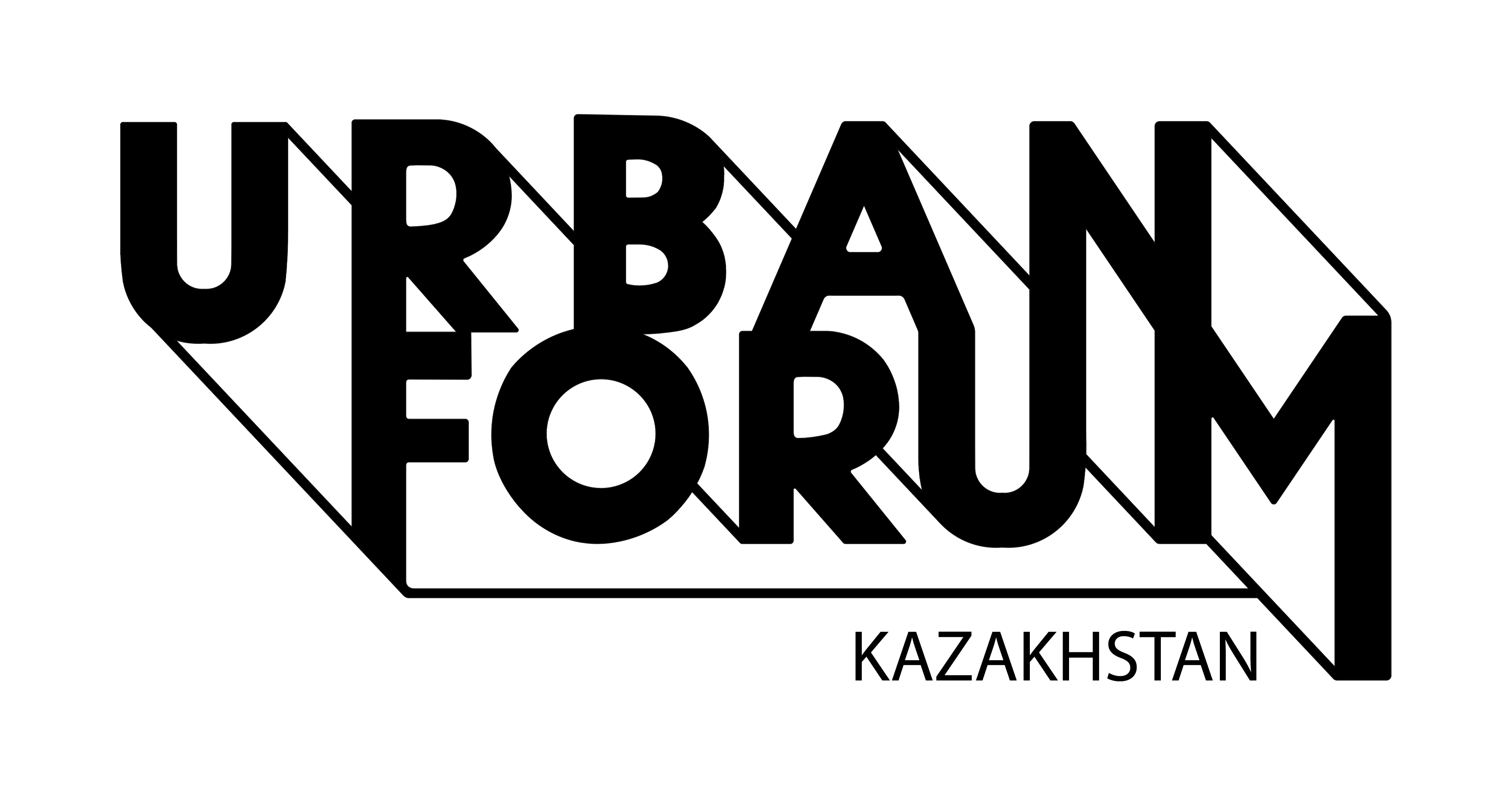Study
Almaty: the City for the People and People for the City (2015)
2015
For a socio-cultural portrait (identity) of an Almaty resident, researchers have developed a questionnaire upon Charles Cooney's method. It is underlaid by a definition of basic social status and personal roles.
According to the survey results, Almaty residents identified themselves as mothers / fathers (37%), persons (27%), citizens of Kazakhstan (26%), women / men (20%), or by less prominent social roles such as specialist (9%) or personality (7%), and by family status.
Listing the distinctive qualities of an Almaty resident, respondents focused more on positive characteristics such as "high culture of ethics" (26%), "goodwill" (14%) and "openness" (7%). Negative qualities are mentioned less often and include "fussiness" (3%), "rigidity", "arrogance", "show-off attitude" and "rejection of national traditions" (1% each).
Top three icons of ex-capital included Medeo high-altitude ice rink (38%), apples, including the Aport variety (21%), and Koktobe Mountain with a television tower (10%).
Al age groups found the city unique thanks to the nature surrounding it. 67% of survey participants noted mountain landscape, Zailiysky Alatau glaciers, lakes and waterfalls.
In addition to the natural and climatic features, Almaty residents believed that architecture makes the city special (28%). Socio-economic and cultural development conditions of the city and city residents were named as unique less often.
The main reasons to recommend the southern capital for living included, in the opinion of the residents, the development opportunities - "the city of opportunities" (33%), natural and climatic conditions - "resort city" (23%), and cultural and entertainment infrastructure — "holiday city" (22%).
The issues of road and transport sector, including traffic jams, inadequate parking, complaints about the work of public transport, etc. (39%), high cost of living (32%) and the state of environment (32%) were referred to as the city's shortcomings.
46% of respondents were not indifferent to the city problems: they notice problems, have ideas how to solve them, and were ready to suggest how to improve life in the city. But only 1% of respondents was ready to approach authorities with their ideas and suggestions. It indicates poor readiness or unwillingness to cooperate with authorities on urban development.
According to the survey results, Almaty residents identified themselves as mothers / fathers (37%), persons (27%), citizens of Kazakhstan (26%), women / men (20%), or by less prominent social roles such as specialist (9%) or personality (7%), and by family status.
Listing the distinctive qualities of an Almaty resident, respondents focused more on positive characteristics such as "high culture of ethics" (26%), "goodwill" (14%) and "openness" (7%). Negative qualities are mentioned less often and include "fussiness" (3%), "rigidity", "arrogance", "show-off attitude" and "rejection of national traditions" (1% each).
Top three icons of ex-capital included Medeo high-altitude ice rink (38%), apples, including the Aport variety (21%), and Koktobe Mountain with a television tower (10%).
Al age groups found the city unique thanks to the nature surrounding it. 67% of survey participants noted mountain landscape, Zailiysky Alatau glaciers, lakes and waterfalls.
In addition to the natural and climatic features, Almaty residents believed that architecture makes the city special (28%). Socio-economic and cultural development conditions of the city and city residents were named as unique less often.
The main reasons to recommend the southern capital for living included, in the opinion of the residents, the development opportunities - "the city of opportunities" (33%), natural and climatic conditions - "resort city" (23%), and cultural and entertainment infrastructure — "holiday city" (22%).
The issues of road and transport sector, including traffic jams, inadequate parking, complaints about the work of public transport, etc. (39%), high cost of living (32%) and the state of environment (32%) were referred to as the city's shortcomings.
46% of respondents were not indifferent to the city problems: they notice problems, have ideas how to solve them, and were ready to suggest how to improve life in the city. But only 1% of respondents was ready to approach authorities with their ideas and suggestions. It indicates poor readiness or unwillingness to cooperate with authorities on urban development.



